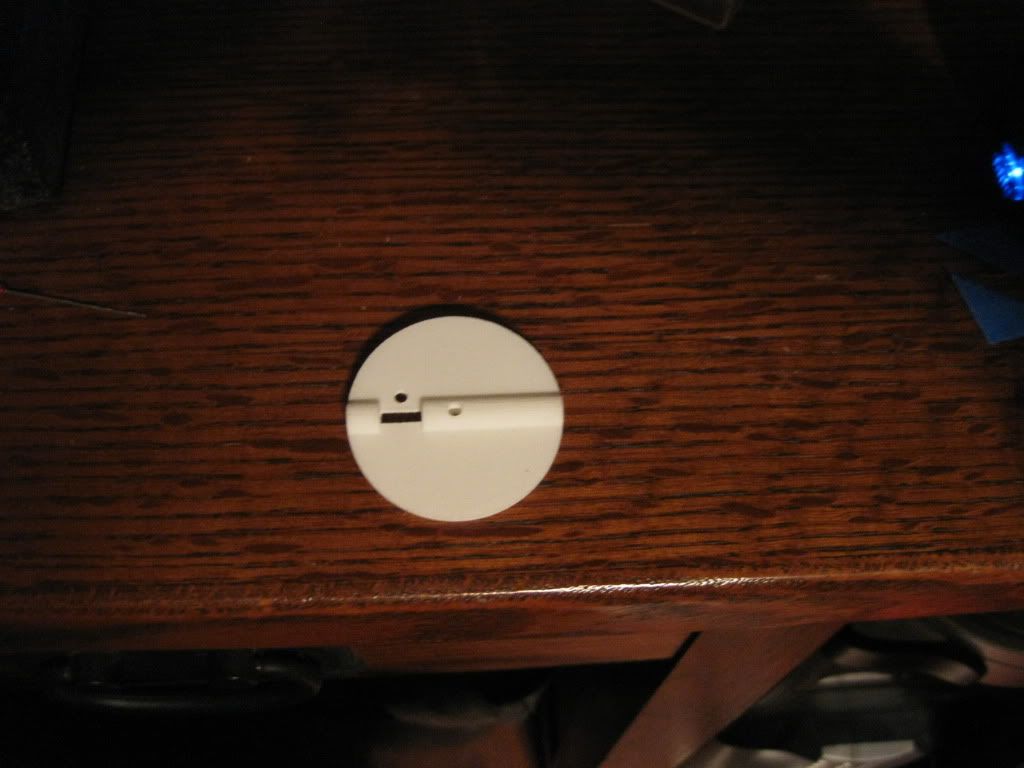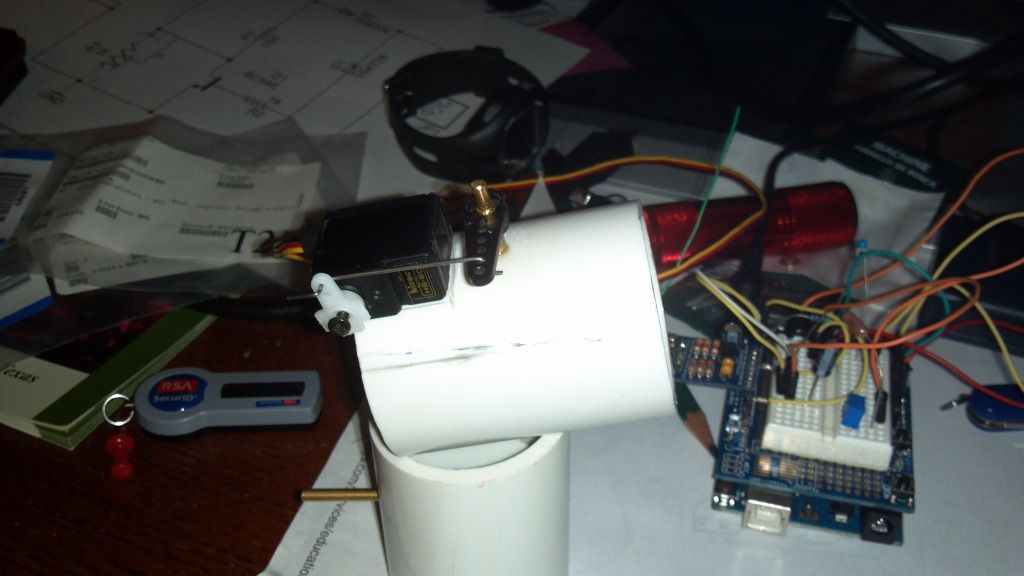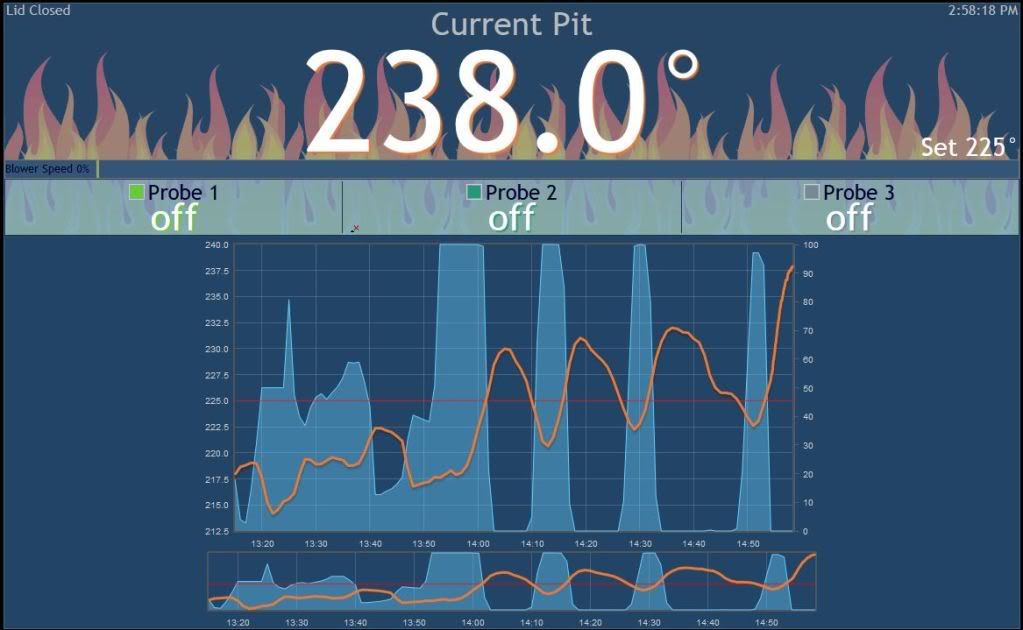Bill D aka Willbird
TVWBB Member
Well the Atmel does not source enough current to power the servo directly from an output pin. It seems that it just cannot respond with the peak current needed to change the servo. I did hook it up via a PNP transistor (only have PNP on hand) but did get it to work when driving the output low and to stop working when driving the output high. So that part works
dave
Somebody did share with me about using a cap to provide a "kick" to move a servo or solenoid, then a resister to limit current flow to "hold" position. Possibly exposing my ignorance here but can you charge the cap with the output pin, and get enough "kick" to move the servo, then use the output pin current to hold the servo if so desired ??
Bill




